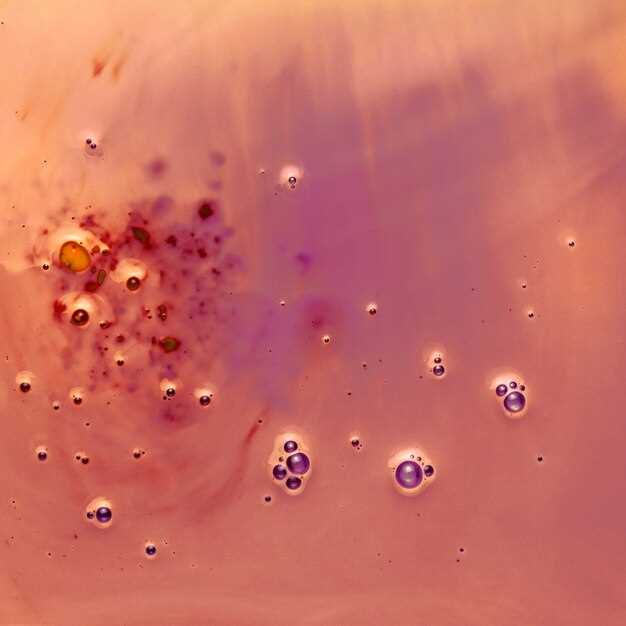
Are you looking for high-quality Omeprazole degradation impurities for your research or pharmaceutical manufacturing needs?
Look no further! Our products are meticulously tested and validated to ensure the highest standards of purity and quality. Whether you need impurities for analytical testing or process optimization, we have the solutions you are looking for.
Trust our expertise and experience in providing reliable Omeprazole degradation impurities to meet your requirements. Contact us today to learn more about our products and how we can support your endeavors.
Omeprazole Degradation Impurities

Omeprazole degradation impurities are a crucial aspect to consider when evaluating the quality and stability of this pharmaceutical product. Understanding the degradation impurities present in omeprazole can provide valuable insights into its long-term efficacy and safety.
By analyzing and characterizing the degradation impurities of omeprazole, manufacturers can ensure that the product meets regulatory standards and remains effective throughout its shelf life. This comprehensive understanding of impurities allows for the development of robust quality control measures to maintain the product’s stability over time.
Importance of Characterization
Characterization of impurities in pharmaceuticals is a critical aspect of product development and quality control. Understanding and identifying impurities is essential for ensuring the safety, efficacy, and stability of the final product. By characterizing impurities, pharmaceutical companies can determine the potential risks associated with their presence and develop strategies to minimize or eliminate them.
Characterization involves identifying the chemical structure, quantity, and properties of impurities present in the drug substance or drug product. This information allows manufacturers to assess the potential impact of impurities on product quality and patient safety. Characterization also helps in determining the root causes of impurity formation, which can inform process improvements and prevent impurities from occurring in future batches.
| Benefits of Characterization: |
| – Ensures product safety and efficacy |
| – Supports regulatory compliance |
| – Guides process optimization |
| – Improves product stability |
Overall, the characterization of impurities plays a vital role in pharmaceutical development and manufacturing, helping to maintain product quality and patient safety throughout the product lifecycle.
Importance of Characterization
Characterization of impurities in omeprazole is crucial for ensuring the safety, efficacy, and quality of the drug product. By understanding the impurities present in the drug substance, manufacturers can take appropriate measures to control and mitigate their levels to ensure patient safety.
Key points:

- Identification of impurities helps in determining the purity of the drug substance.
- Characterization enables the assessment of potential risks associated with impurities on human health.
- Understanding impurities helps in developing suitable detection methods and monitoring processes.
- Clear impurity profiles are essential for regulatory compliance and approval of the drug product.
In-depth characterization of impurities also plays a vital role in the development of robust analytical methods for their detection and quantification. By establishing the impurity profile of omeprazole, manufacturers can establish specifications to ensure that the drug product meets the required quality standards.
| Benefits of Characterization: |
|---|
| Ensures product quality and safety. |
| Facilitates regulatory approval. |
| Supports process optimization and quality control. |
Detection Methods for Impurities
Ensuring the purity of pharmaceutical products is crucial to guarantee their safety and efficacy. Detection methods for impurities play a vital role in maintaining the quality of medications. Regulatory agencies such as the FDA require thorough characterization and quantification of impurities in drug products. Here are some common detection methods used:
- High-Performance Liquid Chromatography (HPLC): HPLC is a widely used technique for separating and quantifying impurities in pharmaceuticals. It offers high sensitivity and selectivity, making it suitable for impurity analysis.
- Gas Chromatography (GC): GC is another powerful technique for analyzing volatile impurities in drug substances. It separates components based on their volatility, providing accurate quantification of impurities.
- Mass Spectrometry (MS): MS is often coupled with HPLC or GC to identify and quantify impurities. It can provide detailed information about the molecular structure of impurities, aiding in their characterization.
- Nuclear Magnetic Resonance (NMR): NMR spectroscopy is used to elucidate the structure of impurities present in pharmaceuticals. It can provide information about the connectivity of atoms in impurity molecules.
By utilizing these advanced detection methods, pharmaceutical companies can ensure the quality and safety of their products, complying with regulatory standards and meeting the expectations of patients and healthcare professionals.
Regulatory Compliance Guidelines
When it comes to pharmaceutical products, regulatory compliance is crucial to ensure the safety and efficacy of the drug. Omeprazole degradation impurities must be closely monitored to meet the strict guidelines set by regulatory authorities.
Regulatory compliance guidelines outline the necessary steps and requirements that companies must follow to ensure that their products meet the standards set by regulatory bodies. This includes conducting thorough testing and analysis to determine the levels of impurities present in the drug product.
Key Points of Regulatory Compliance Guidelines:
- Regular monitoring of impurities levels
- Documentation of all testing and analysis procedures
- Adherence to Good Manufacturing Practices (GMP)
- Compliance with regulatory standards such as FDA and EMA requirements
Benefits of Clear Impurity Profile
An impurity profile provides valuable information about the purity and quality of the omeprazole product. By having a clear impurity profile, manufacturers can ensure the safety and efficacy of the drug for the end-users. Here are some benefits of having a clear impurity profile:
| 1. Quality Control: | It helps in establishing quality control measures to monitor and control impurity levels during the manufacturing process, ensuring the product meets regulatory standards. |
| 2. Safety: | A clear impurity profile enables the identification and quantification of potentially harmful impurities, which can help in ensuring the safety of patients consuming the drug. |
| 3. Stability: | Understanding the impurity profile can aid in assessing the stability of the drug product over time and under various storage conditions, ensuring its shelf-life and potency. |
| 4. Regulatory Compliance: | A well-defined impurity profile is crucial for regulatory submissions and approvals, as it demonstrates the product’s purity and compliance with quality standards. |
| 5. Product Development: | Having a clear impurity profile can assist in developing new formulations or optimizing existing ones, by identifying impurities and their impact on product quality. |
